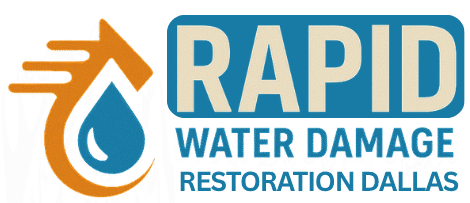Introduction
When disaster strikes — flood, burst pipe, or severe leak — you want to know what happens next. Understanding the step-by-step process of emergency water extraction gives you confidence and helps you communicate clearly with restoration professionals. This guide walks through each stage, from the moment you call to the final cleanup.
Need help now? Don’t wait. Use the Contact Us page for immediate service. If you want detailed info about the full suite of services, see the Emergency Water Extraction page.
Step 1: Responding to Your Call
- Once you contact a water extraction provider, they should offer rapid dispatch, often available 24/7.
- The responder team usually asks initial questions: source of water, amount, visible damage.
- They’ll advise on immediate safety steps you can take (e.g. shutoff water, turn off power to affected zones).
Step 2: On-Site Assessment & Water Classification
- Technicians arrive and survey the damage.
- Assess extent of water, affected materials (carpet, drywall, wood).
- Classify water: ClassificationDescriptionRisk LevelClean waterFresh water from broken water supply lines or rainfallLow-moderateGray waterFrom appliances, washing machines, some toiletsModerateBlack waterSewage, flood water, highly contaminatedHigh
- Safety protocols are put in place: turning off electricity, stabilizing structural issues.
Step 3: Extraction of Standing Water
- Use industrial pumps, wet vacuum equipment.
- Remove water from major accumulation zones first.
- Carpets or pads often pulled for full extraction under materials.
Step 4: Locating Hidden Moisture
- Use moisture meters and thermal imaging.
- Trace water behind walls, into crawl spaces, under flooring.
- Identify moisture levels so drying plan is precise.
Step 5: Drying & Dehumidification
- Place air movers aimed at wet surfaces to accelerate evaporation.
- Use commercial dehumidifiers to reduce humidity in the air.
- Adjust temperature and airflow for optimum drying conditions.
- Continuous monitoring until moisture readings are within acceptable thresholds.
Step 6: Cleaning & Sanitization
- Clean all exposed surfaces, especially after extraction, to guard against bacteria.
- Disinfect areas affected by gray or black water.
- Remove residues, debris, and contaminated materials as needed.
Step 7: Odor Management
- Identify odor sources (damp wood, mold, damp drywall).
- Use air scrubbers or professional deodorizers.
- Ensure odors are neutralized, not just masked.
Step 8: Final Inspection & Client Walk-Through
- Technicians perform final moisture check.
- Walk you through what was done.
- Provide recommendations: preventative measures, ongoing monitoring.
How to Prepare for Emergency Water Extraction
- Keep records of your plumbing layout and main water shut-off.
- Identify where appliances are and check hoses regularly.
- Note any previous water damage areas (walls, basement, crawl spaces).
- Pre-locate contact information for a trusted restoration service.
Why Following Each Step Thoroughly Makes a Difference
- Ensures no water pockets are missed, which can cause mold or structural damage later.
- Proper drying prevents warping and cracks.
- Sanitization avoids health risks.
- Odor removal improves indoor air quality and comfort.
Your Next Move in a Water Damage Emergency
If you’re facing a water crisis in Dallas:
- Do what you safely can to stop the source.
- Call for professional help via our Emergency Water Extraction service.
- Use the Contact Us page to reach a team that can help you 24/7.
Conclusion
Having a clear idea of what emergency water extraction involves helps you act with confidence. From assessment through drying and odor removal, each stage is essential for getting your property back to safe, healthy condition.
Don’t leave water damage unaddressed — speed matters. When you need help, check out our Emergency Water Extraction information and don’t hesitate to reach out via Contact Us.



